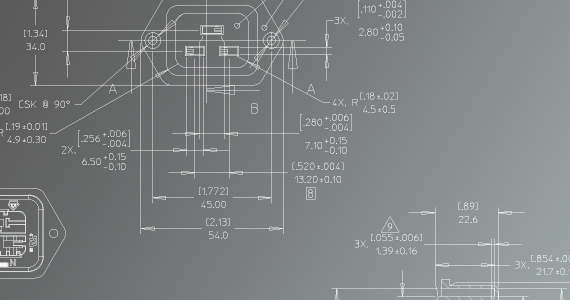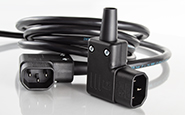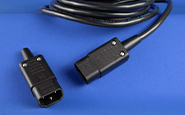Designing for Compliance

Keep the End in Mind When Beginning to Design a New Electrical or Electronic Product.
In the beginning stages of a new product design, it needs to be decided where the product will be marketed. That decision will determine which national and/or international standards need to be followed, along with selecting a safety agency to work with in obtaining approvals for that product.
Certifying That a Product is Safe for Use
Designing for compliance with product safety requirements begins with an understanding of where the standards originate and who certifies that the product meets a standard. Within those standards are specifications the new product will need to meet in order to obtain a safety approval. An approval certifies that a product is safe for use in the intended application. In addition to making an electronic product more attractive from a marketing point of view, knowledge of and conformity with various national and international product safety regulations are legal requirements for doing business in many industrialized countries.
There are several reasons why electrical or electronic equipment manufacturers should be familiar with and observe product safety regulations when designing a new product.
- In some countries, laws require that all electrically powered products be evaluated by an appointed authority before connection to the mains.
- Some kinds of equipment, such as devices intended for use in the home, may not be sold, for example, without being tested and approved by the appropriate safety agency.
- In some countries, while some electrical and electronic products may not be subject to mandatory testing or inspection prior to sale, the seller and manufacturer do assume a significant amount of product liability exposure in the event of a product failure in which someone is injured or there is a loss of property due to fire.
- Enhanced quality and reliability of product is another important consideration. Meet the competition head on and have a peace of mind knowing that the product being sold is safe and meets national or international expectations for safety.
Many manufacturers of home appliances and other devices submit products for testing and approval because it’s mandatory. Others choose to do so because it is advantageous for competitive reasons or because they sell to government agencies who specify approvals as part of the specifications in their requests for proposals. They may also choose to gain national agency approvals as part of a strategy to minimize their product liability exposure.
Standards and Safety Testing Agencies
There are two types of agencies. One type is the standards agency. This agency sets the standards and documents construction and performance requirements. The other kind is the testing and/or certification agency. This agency takes the written standards and performs tests on the products to ensure that they meet the standards that have been written.
“Many individual countries around the world have their own standard and testing agencies to verify that the electronic products that are brought into their country will work safely and effectively,” explained Joe Caligiuri, Product Compliance Specialist at Interpower.
“Contact a safety agency within the country you’re planning to sell the product in. While requirements vary per agency, most require an application to be filled out regarding the product. The agency may ask for a sample of the product and technical information, such as product specifications,” he said.
Product safety approvals are based on standards within a given country or region, but an agency approval for a given country may be accepted in other countries. If this new product is to be sold in more than one country, Caligiuri suggests checking with those countries to see if they accept another agency’s test report. For example, many of the countries throughout Europe will accept the test results from the German VDE or TUV safety agencies. In Asia, however, it varies widely—some countries accept another agency’s test report, others don’t; some require that the testing be done only in that specific country. “It helps to make the process smoother and keep costs down if you can find a safety agency approval that is accepted in more than one country,” he added.
Using Approved Power System Components
Although it may be possible to get an entire piece of equipment approved by test agencies without using approved components, it will be easier, faster, and much less expensive when agency-approved power system components are used.
Some of the Reasons for this Include:
- Many agencies reserved the right to test unapproved power system components separately, which may cause delays and creating extra charges for testing.
- Extra component testing, particularly if not foreseen at the time of submittal, may cause additional communications and delays, with additional component samples possibly being required for further testing.
- Even if the unapproved components are accepted by the agency, they usually are given an applications approval which allows their use only in that specific application.
- It’s possible for a component manufacturer to change something in a part without the manufacturer of the product being aware of it. If unapproved parts are used and something changes, this could cause a company to fail an inspection.
Therefore, the use of unapproved components is usually economically viable only where accurate component specifications and contractual vendor control are maintained. Few producers of electronic equipment can economically justify the use of unapproved power system components.
Customer Expectations
Another consideration for the importance of having a safety approval on the product is that many customers expect it. Interpower’s product philosophy is oriented towards making compliance easy for the electrical or electronic product designer. Wherever possible, individual power system components offered by Interpower, especially those with the Interpower® trademark, have been designed or selected so that one single component can be used in as many different countries as possible.
Additional Resources
Interpower offers a list of international testing agencies on the website.
Interpower also offers free technical support. For further assistance, please see Interpower’s contact information below.






